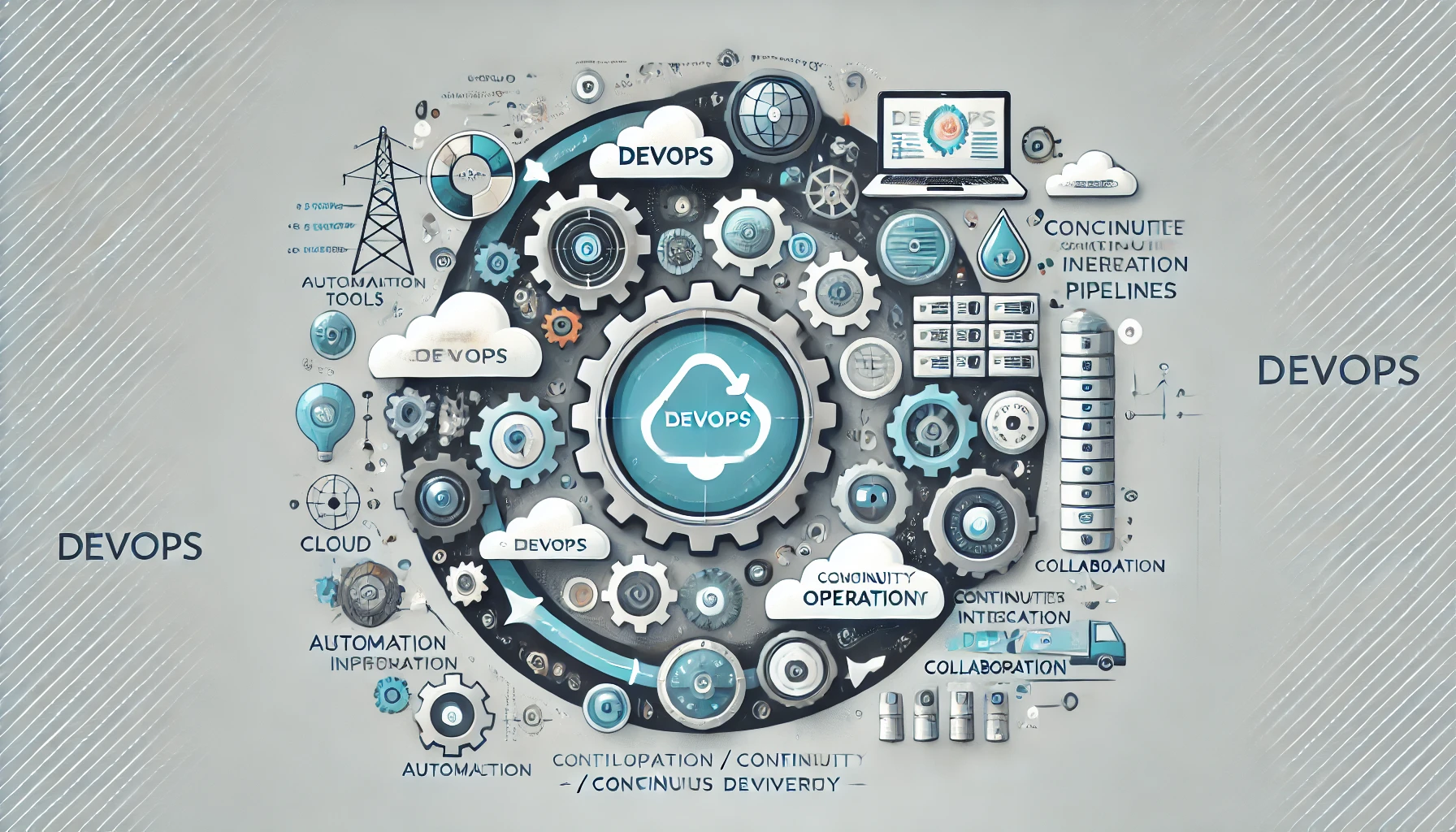Optimizing DevOps: Enhancing Efficiency in the Testing Phase
 Harsh Ranjan
Harsh Ranjan
In DevOps, the need arises to release software fast, sometimes as often as multiple times a day. Developers have to be prepared to conduct and complete testing in minutes, sorting out whether software is ready to advance to the next phase or if teams should move on from the project. In-box testing for bugs and their resolution is as much a part of the software development life cycle as including a test phase in your processes.
Now, this will require automated testing tools of a different type, depending on the kind of app one is building. Tools like Newman come in handy for testing API public methods. For unit testing of code and components, either JUnit or Jest would be perfect. Playwright or Cypress is ideal for full E2E test implementations. You may also bring in Test Management tools like TestRail, which provide reporting that will help keep stakeholders up to date on progress and an application's maturity.
Regardless of the tool in use, the singular focus of an organization must be on quality. Testing is no longer a sole responsibility of the QA; it should be a collaborative effort of the entire engineering department. Such a shared responsibility model yields very solid results when problems are corrected before they take root and waste investments down the line. It speeds cycles for more continuous software delivery, with automated testing reducing the chance humans will fail to catch and address issues.
The Test Pyramid
A very popular concept in software development is the test pyramid, which is actually a framework to guide processes. This has different testing layers, all of which target functionality, performance, and reliability aspects. The next list considers the main layers of widely used test types and their benefits.
Unit Tests: This kind of testing deals with only one unit of work, typically a method or component. They are relatively easy to perform and inexpensive, providing a first line of defense in regard to code quality. These tests should be done ideally during the build stage.
Integration and API tests: These tests verify the integration capacity of the software under development with systems; otherwise, it will become useless. This usually sits in the realm of developers and QA but can vary based on company structure.
UI E2E tests: These are the broadest scope tests, requiring the full integration of your systems: frontend, backend, database, and networking. These are typically authored by those in QA, in close collaboration with the business lines and product owners. They are the costliest of the tests, requiring more time and maintenance especially as business needs and test scenarios change. Focus must stay on the E2E tests if over-provisioned, teams can fall back into API or unit tests and the pyramid flip opposite, which will exponentially raise overall costs.
Assign Automation
Manual testing of applications is not easy to do. Looking at it from ensuring that it's done right over and over again, avoiding human error is next to impossible never mind consuming a lot of time and expense. This is the reason automation is now used throughout the testing process, right from infrastructure orchestration through testing code.
Unit tests and integration tests should be written by developers. The writing of UI E2E tests is a task for quality pros, while product owners should create test scenarios. It is a prerequisite that, with the automation phase, at least the test discovery phase very time-consuming in manual execution should be performed.
Implementation in Action
Testing can be done with the different tools and services available today. For example, if we consider implementation, then one of the most popular offers available at this time is Amazon Web Services.
This is an AWS entity that provides a fully managed continuous delivery service for creating pipelines and orchestrating, updating your infrastructure and apps. Inevitably, it works with their other DevOps services, including AWS CodeDeploy, AWS CodeCommit, and AWS CodeBuild. It also plays well with third-party action providers like Jenkins and Github.
Thus, the functionality of AWS CodePipeline includes such capabilities as:
Detect Option: This initiates a pipeline with respect to the source location of artifacts. It is one of the by-products of development used for a wide range of tasks, from function descriptions to risk assessments. AWS proposes Github webhooks. For stored artifacts, it recommends Amazon CloudWatch Events.
Disable Transition: This transition feature could connect all the stages of a pipeline and can be enabled by default. So, if you do not want to proceed to the new stages automatically, then simply click the 'disable transition' button to stop the ongoing execution of a pipeline.
Manage Stages: AWS CodePipeline allows editing a pipeline to add a new stage, bring updates to an existing one, or remove a stage altogether. An edit page allows addition of actions serially or in parallel to any existing activities. This functionality makes a pipeline more flexible and easier to extend.
Approval Action: Manages pipeline stages, for example, if you're waiting for someone's approval during deployment. It puts a hold on the pipeline until an approval has been granted.
No Resting for Testing
No app should ever reach the wild without a test phase in its development. When making it, reduce human involvement in processes to the minimum possible, involve automation, and research the tools which will make it all happen. From coders to engineers through QA people, the whole development ecosystem should be involved and have some stake in testing. It is up to everyone to ensure the test phase is in place, flexible, and the results are bulletproof.
Subscribe to my newsletter
Read articles from Harsh Ranjan directly inside your inbox. Subscribe to the newsletter, and don't miss out.
Written by

Harsh Ranjan
Harsh Ranjan
I am a Cloud and DevOps Engineer at Ericsson India Global Services Pvt Ltd., bringing over 2 years of expertise in optimizing IT infrastructure and driving operational efficiency. Passionate about harnessing cloud technologies and DevOps practices to innovate and elevate organizational capabilities.